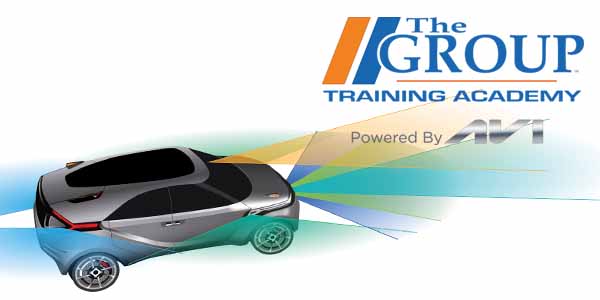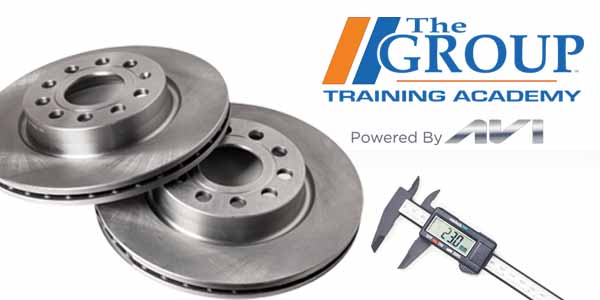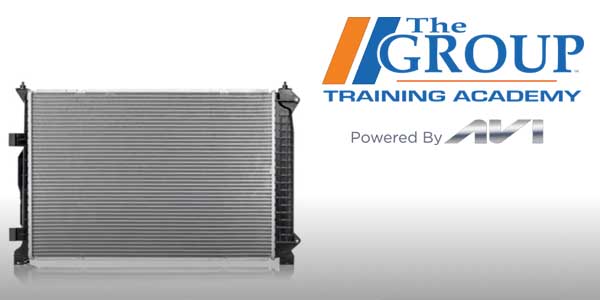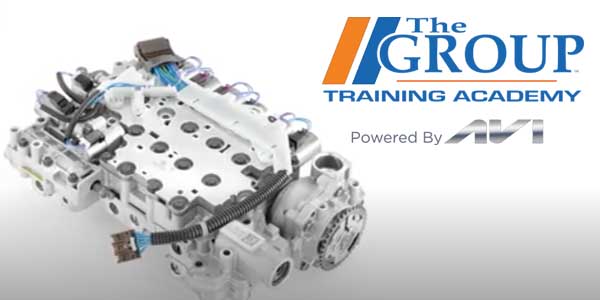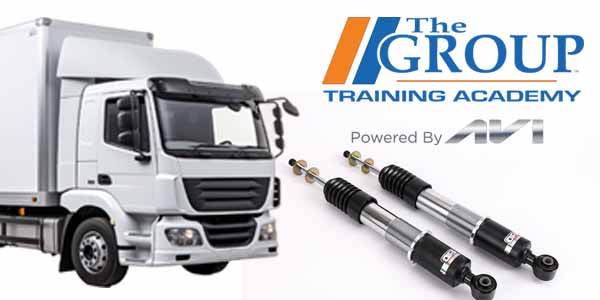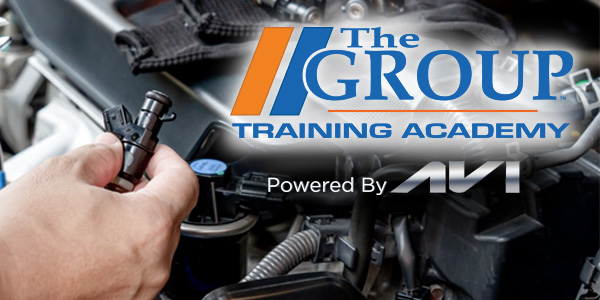Imagine that you’re driving along and you make a right turn, and after you straighten out the wheels, the vehicle wants to keep going to the right.
Or you just made a left turn, and once you straighten it out, the vehicle pulls to the left instead of returning to the neutral center position.
This is a very real condition known as “memory steer.” It also can be characterized by a “steering-wander” effect, where it feels like you have to keep correcting the wheel as you drive. Typically, this binding is caused by an out-of-spec or improperly installed front-end suspension or steering component.
Memory steer is particularly problematic on platforms with solid front axles, such as the Ford F-250 and F-350 with a Dana 60 axle, and the Dodge/Ram 2500 and 3500 with an AAM 9 1/4-inch front fixed axle.
This video is sponsored by The Pronto Network.

